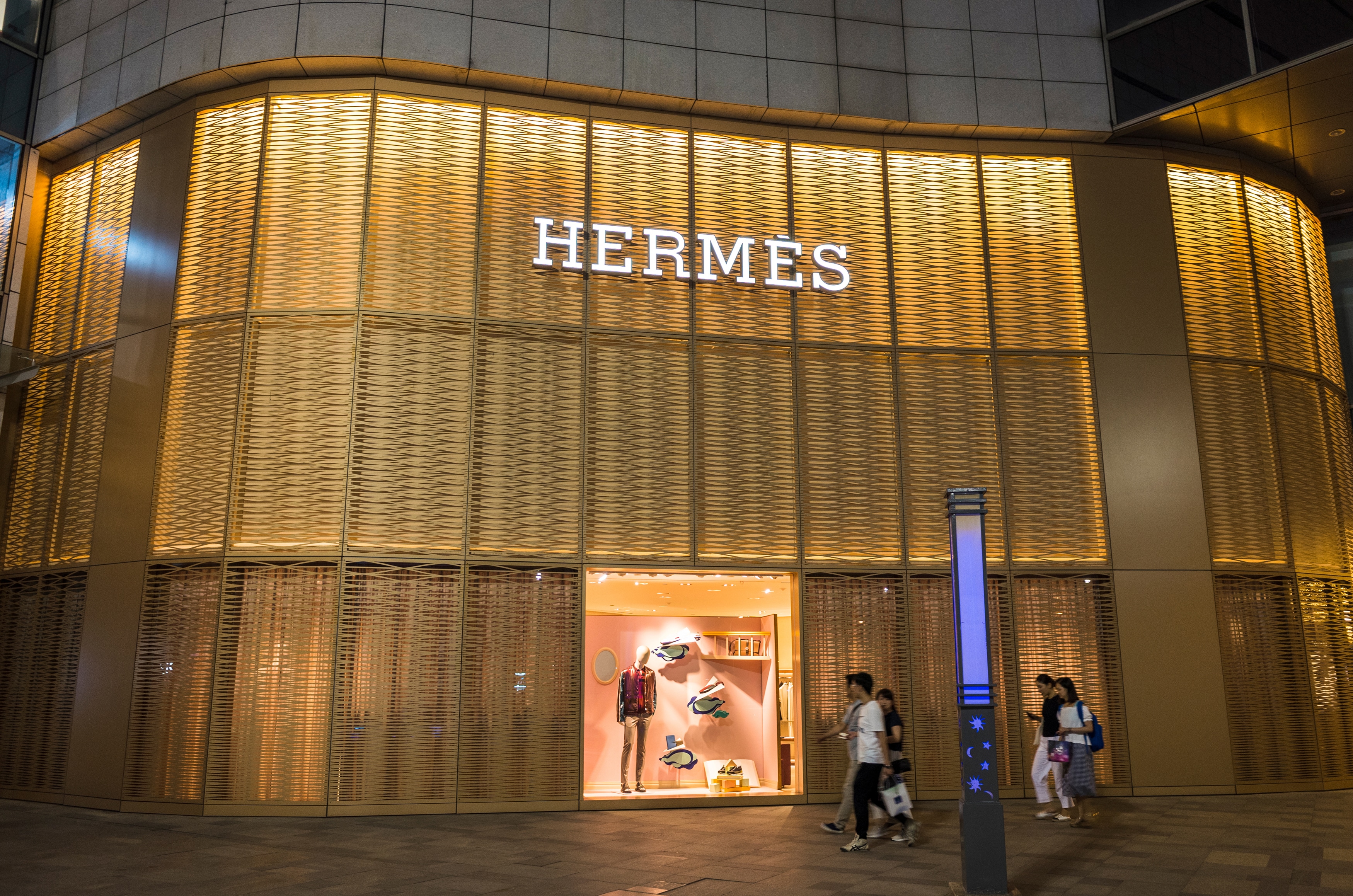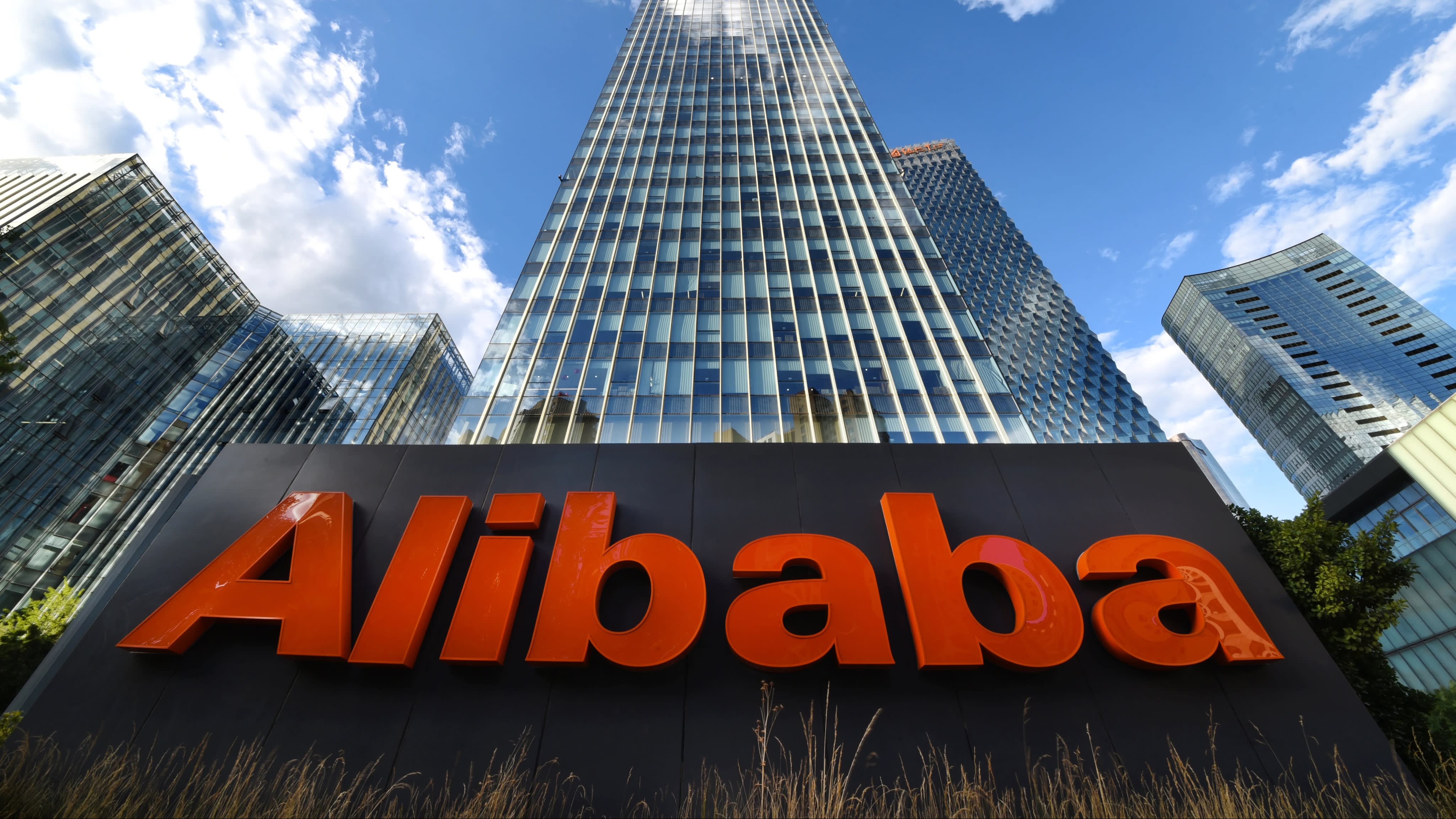[vc_row njt-role-user-roles=”administrator,armember”][vc_column][vc_column_text]
Faced with the health crisis, the luxury sector has shown serious signs of weakness, the turnover of the big houses has fallen and they are still facing an uncertain future. Hermès , on the other hand, is mastering its pace and seems to be doing well.
Last year, the luxury group published excellent annual results with turnover of €6.88 billion, up 15.4%, of which 12.4% was organic. The beginning of 2020 was looking secure at the time, despite the start of a global epidemic and political tensions in Hong Kong.
And as expected, Hermès does not show serious suffering in the face of the pandemic with a 28% gain in the CAC 40 over the year, which allows a 20% increase for LVMH while its competitor, Kering, shows a 5% decline.
Hermès is known for its particular resistance to economic downturns due to its meticulous management of production and inventories.
Of course, Hermès did not escape the consequences of the first health restrictions and, like its competitors, posted a drop in sales of 7.7% in the first quarter, while Gucci and Louis Vuitton posted larger declines : 23% for the former and 10 to 13% for the latter. Even if the brand remains strongly affected by the pandemic, it shows a much smaller decline than the other houses.
This slight downturn is justified by the Chinese New Year in January, which led to a more than excellent performance. The leather goods giant has a large Asian market and has expanded its brand by teaming up with designer Jiang Qiong Er to create Shang Xia : a brand celebrating Chinese history and contemporary lifestyle. Hermès’ Managing Director had also stated that the Chinese New Year counted “almost as a double month”.
The second half of the year was the most affected by the closure of shops and production sites and posted a 41% drop in sales to €982 million. In the first half of the year, sales declined by 25% with a current operating margin of 21.5% compared with 34.8% a year earlier.
On the other hand, the third quarter posted results representing the economic recovery in Asia, Europe following on from the United States. Sales then jumped 7% at constant exchange rates. It is the Chinese market, however, which represents the hope of the luxury market.
Indeed, when it reopened its doors, the Hermès boutique in Guangzhou had broken sales records and went against the economic forecasts established since the beginning of the crisis. On 11 April, the boutique had recorded nearly €2.7 million in revenue in a single day.
“This is an unprecedented crisis. We have to weather the storm but we are well equipped,” confided Axel Dumas, the manager of Hermès at the time.
As a small parenthesis, this phenomenon is similar to “revenge spending”, an expression born in China in the 1980s that describes the purchasing frenzy observed on foreign products refused to citizens when the country was closed to the outside world, before its opening instituted by Deng Xiaoping.
The sales records in the region are synonymous with confidence for the big luxury houses who then decide to focus on this market ed-hrvatski.com. They then compensate for the losses in the rest of the world by testing new strategic and marketing approaches, particularly in the Chinese digital field.
At the end of September 2020, Hermès’ sales were €4.288 billion, down 14% at constant exchange rates. However, the group remains positive and is counting on its hyper-luxury market to maintain its stability.
“The loyalty of our customers, the desirability of our collections, the agility of our worldwide network and the independence of the group are the pillars that give us confidence in the future and support our business recovery,” Axel Dumas continued.
Although Hermès is far more resilient to the coronavirus crisis than its competitors, the house must maintain its attractiveness, loyalty and innovation in order to avoid maximum suffering.
Read also > HERMES REPORTS A SHARP REBOUND IN BUSINESS IN Q3
Featured Photo : © Hermès[/vc_column_text][/vc_column][/vc_row]








